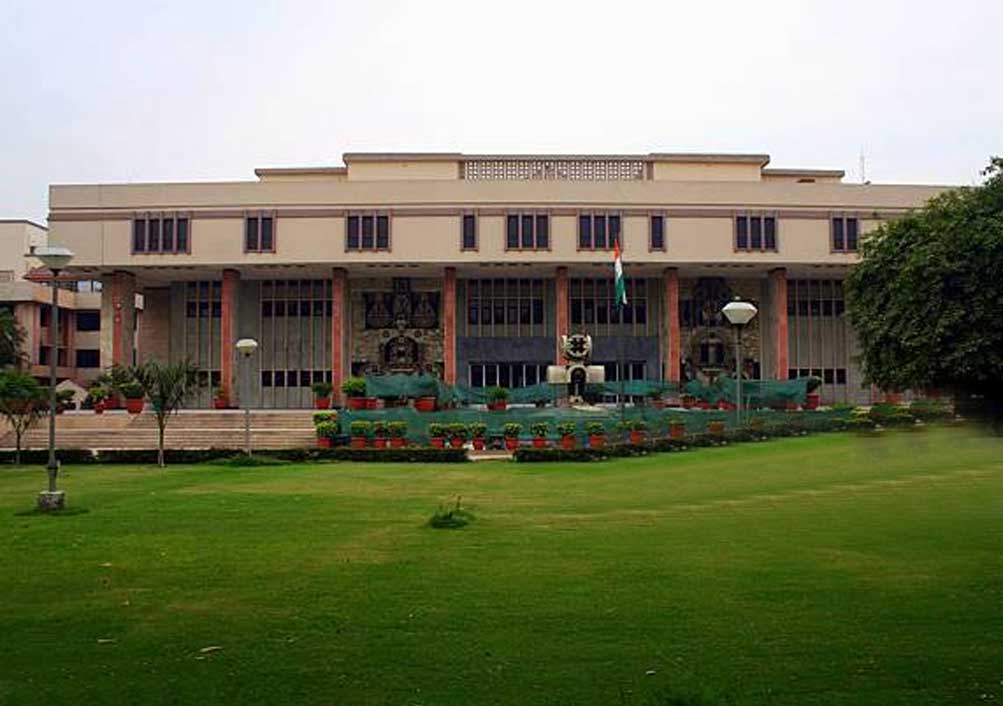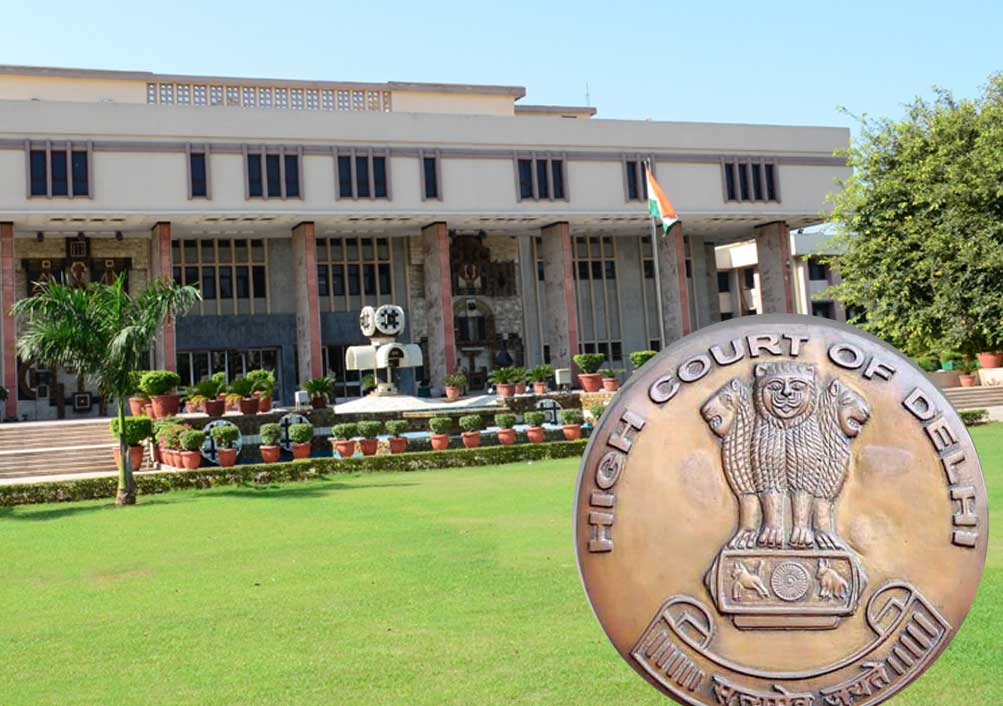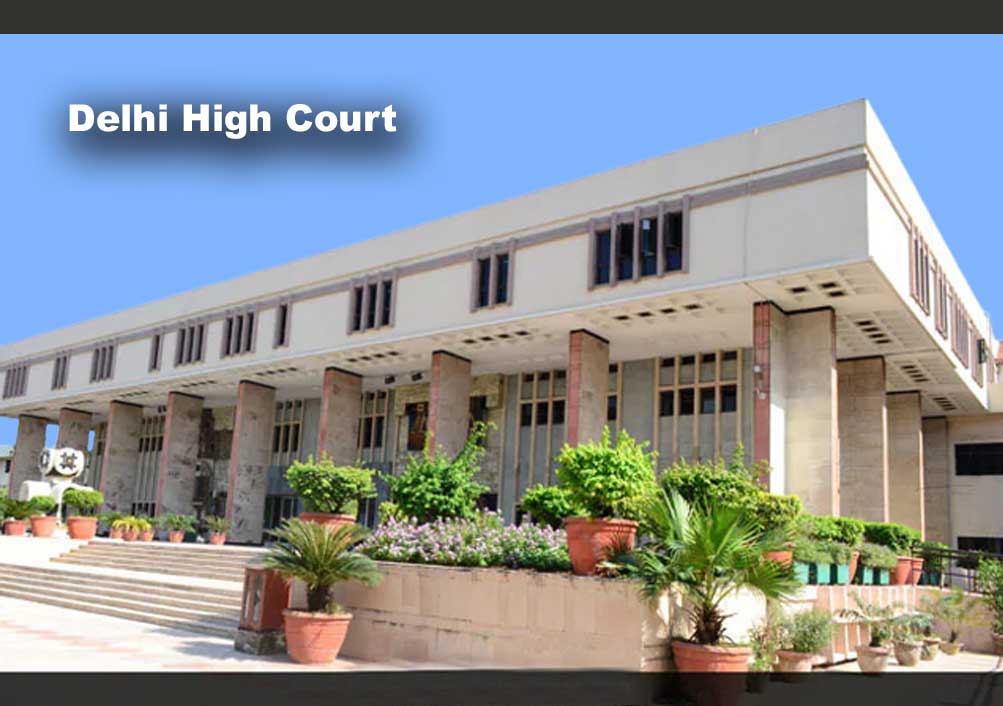Last seen together theory not sufficient in itself for holding someone guilty, particularly when motive is also not proved: Delhi HC acquits 2 convicts sentenced to life in 27-yr-old murder case
Justices Suresh Kumar Kait & Manoj Jain [16-04-2024]

Read Order: VIDESHI KUMAR AND ORS v. STATE [DEL HC- CRL.A. 304/2002]
LE Correspondent
New Delhi, April 17, 2024: While acquitting two men in a 27-year-old murder case, the Delhi High Court has opined that if the prosecution fails to prove motive in a case based on circumstantial evidence, then it would be a sort of advantage defence.
The Division Bench of Justice Suresh Kumar Kait and Justice Manoj Jain was considering the appeals filed by the appellants- Ram Nath and Videshi Kumar challenging their conviction and consequent order on sentence whereby they both had been held guilty for committing murder of Tuntun. Both the accused were sentenced to undergo life imprisonment.
Investigation, in this case, took off when on 31.07.1997, Key Man Tej Bahadur (PW8) informed the local police that body of a person, run over by the train, had been lying on EMU track. On the basis of such information, ASI Hazari Lal (PW12) along with police team rushed to the spot where they saw dead body of a male of 20-22 years lying on Railway track having two sharp cuts on the neck. The right ear of such person was found to be missing. The left hand was lying severed at some distance. Blood was noticed in the bushes situated at a distance of five steps from the dead body and one blood-smeared vegetable-cutting knife was also recovered. Severed hand was found lying at a distance of 195 steps away in the Southern direction.
The driving licence contained in his wallet led to his identity and the name of the deceased was ascertained as Tuntun. Police was of the view that somebody had killed him with knife and thereafter the perpetrator, with the intention of screening himself and to destroy the evidence, put the dead body on the railway track in order to give it a colour of train-accident and, therefore, case under Section 302/201 IPC was registered.Both the accused were eventually apprehended and their bloodstained clothes were also recovered and seized.
Noting that the case was based on circumstantial evidence, the Bench opined that in such cases there is no room for any missing link though it is not required that each such link must appear on the surface of the evidence as some of links can also be inferred automatically from the proven facts. “Circumstantial evidence, in order to furnish basis for conviction, requires sufficiently high degree of probability, clearly and discernibly, pinpointing that such accused is the perpetrator of the crime, and no one else…Motive, in a case of murder based on direct evidence, is of little importance but if the case is based on circumstantial evidence, then motive assumes larger proportion.”
The Bench further added, “Thus, if prosecution fails to prove motive in a case based on circumstantial evidence, it would be a sort of advantage defence.”
Circumstances on which the prosecution had built up its case included the theory of last seen together and the fact that there was motive to commit murder as accused Ram Nath was having illicit relationship with Babli. Tuntun (deceased herein) had come to know about such relationship and, therefore, he was killed by the accused.
On a careful perusal of the case of prosecution, the Bench could sense that both of these accused had been arrested in two other cases of murder and the victims therein were of the same vicinity. Said two cases and the present one seem intrinsically interwoven as the victim in one such case was Raju, son of one Babli and in the other case also, the victim was one Shambhu who appeared to be her relative. Both these victims were also allegedly eliminated by the accused persons as they too had learnt about the illicit relationship.
However, the Bench opined that from the testimony of Babli (PW15), motive had not been proved in any manner whatsoever. Babli (PW15) had categorically deposed that she did not know Tuntun and she did not know any of the accused. She also claimed that she had no illicit relationship with any person. As per the Bench, motive aspect had not been proved in the desired manner. In a criminal trial, it cannot be assumed on the basis of some guesswork or estimation, it added.
On the aspect of recovery of knife, the Bench observed that the knife did not stand connected to the accused and, therefore, it couldn't be taken as a circumstance against the accused. It was never recovered from the possession or at the instance of accused. Rather it was found lying near the dead body.
As regards the post-crime conduct, the Bench noted that there was nothing which would suggest that the accused had absconded. Even the Trial Court had observed in its judgment that they had never absconded and were rather arrested from their respective jhuggis.
Furthermore, the Police had not prepared any site plan depicting the place where the accused were last seen together with the deceased and the place of recovery of dead body. As per the Bench, this important detail couldn't be left for imagination. “Moreover, it is weak kind of evidence which can never be said to be sufficient in itself for holding someone guilty, particularly when motive is also not proved”, it held.
The Bench opined that the accused and deceased were working together and in such a peculiar situation, their being together couldn't be said to be unusual. Thus, extending the benefit of doubt to the accused-appellants, the Bench allowed both the appeals and acquitted both the accused of all charges levelled against them.
Sign up for our weekly newsletter to stay up to date on our product, events featured blog, special offer and all of the exciting things that take place here at Legitquest.



Add a Comment